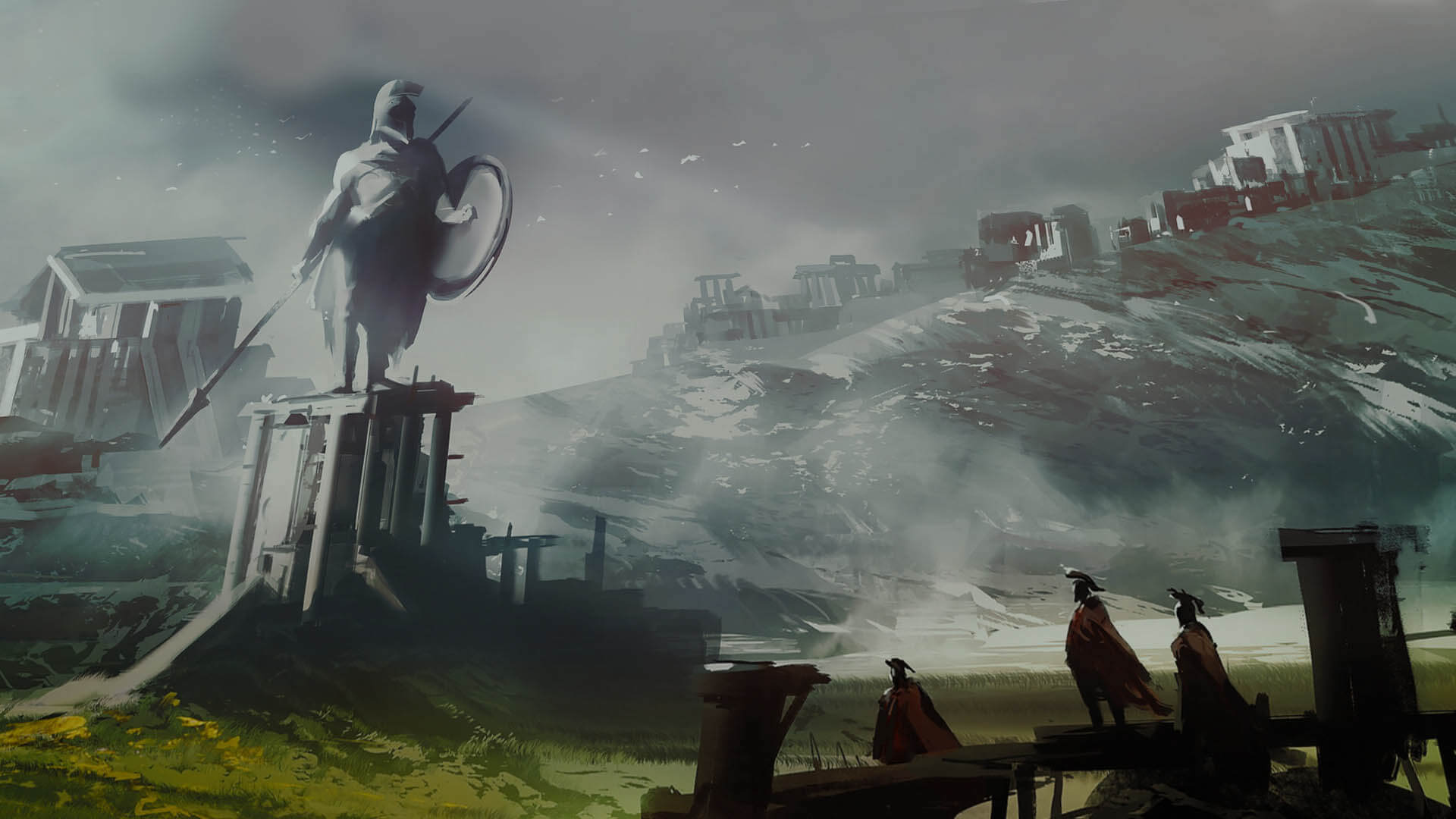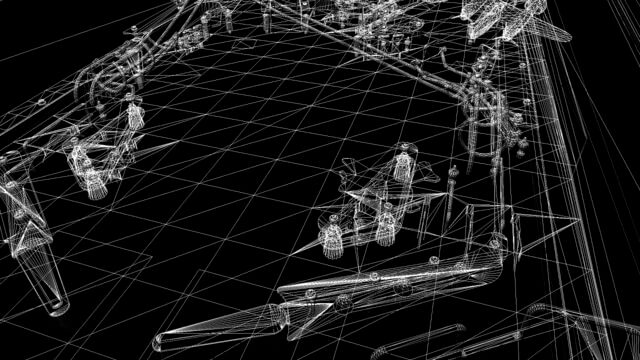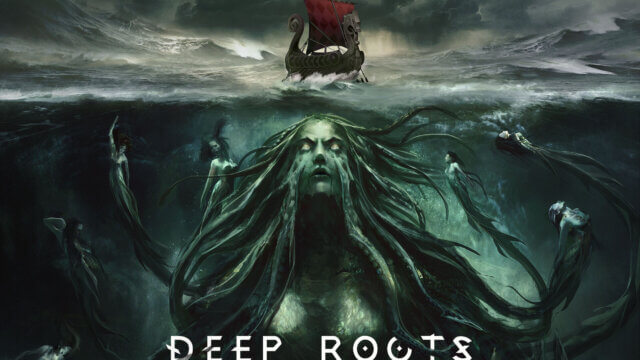
Experiencing History Through Games
August 27, 2020 — History and video games have been intertwined as a means of entertaining for much longer than most people realize. Today, we revere games like Crusader Kings, Total War, and Kingdom Come: Deliverance for linking an entertainment medium with the past.
Early Days
The history of historical games dates back much further than the above mentioned series. Look back far enough, and you’ll find that historical games were around when the video game industry initially emerged. Though they may be visually and mechanically inferior, these early titles paved the way for a genre that still thrives across generations.
History Goes Interactive in the 1970s
While the Atari 2600 is often perceived as the start of console gaming, there was a unit that predated it by five years. The Magnavox Odyssey is a long lost gem of the gaming industry, having been discontinued only three years after release. Though it didn’t leave much of a legacy, the console did give us what we can consider our first historical video game. Or, technically, prehistoric. Prehistoric Safari (1972) was as simplistic as games get, utilizing the light gun included with the Magnavox to send players on a romp through a colorful jungle full of antique beasts. Toda,y much of what’s depicted in Prehistoric Safari goes against the commonly agreed-upon appearance of dinosaurs, but its cartoonish depictions weren’t too far off from what was considered accurate in the 70s.
The 70s also gave rise to a popular setting we’re still playing and recreating. Films like High Plains Drifter (1973) appealed to the movie-going audience, which sparked a number of Wild West arcade shooters, such as Gun Fight (1975), to emerge. The fascination with westerns and cowboys throughout the 70s resulted in more than a few entertaining two-player arcade shooters that relied heavily on cowboys and the Wild West’s aesthetics, and one of the most popular arcade games of the following decade was Capcom’s vertical arcade scroller Gun.Smoke (1985) (not to mention the contemporary and immensely popular Red Dead Redemption series by Rockstar Games.)
While references to history were relatively rudimentary throughout the 70s, the 1980s would lead to an emerging market of notable titles that we still discussed today.
A Quick Look at Historical Gaming in the 1980s
Modern games are continuously influenced by some of the historical games released in the 1980s. Anyone who’s picked up a Wolfenstein game, or engaged in a game of Battlefield 1942 (2002), is enjoying entertainment inspired by the titles prevalent during the 80s. Before well-known titles like Castle Wolfenstein entered the circuit, however, Atari released Eastern Front 1941, one of the more taboo war games to ever release. Instead of stepping in as a hero of the Allied forces during World War II, players fought for the Germans’ infamous march to invade the Soviet Union. For its advanced AI, Eastern Front earned the 1981 Creative Computing Game of the Year award.
Within a month of Eastern Front 1941 releasing, Muse Software came forward with a more enticing concept. In Castle Wolfenstein on the Apple II, players controlled an Allied spy searching for German war plans, relying heavily on stealth to maneuver the sprawling castle. Though the genre still didn’t take off until later in the 90s, the early Castle Wolfenstein is pegged as one of the first stealth games. The game was also one of the first to put history in the forefront, with characters coming up against SS Stormtroopers and the use of the Mauser C96 firearm.
World War I and World War II very quickly became popular subject matters for the gaming industry. In 1984 and 1987, Capcom released 1942 and 1943: The Battle of Midway, two games that showcased that Pacific Theater of the Second World War. As an Allied pilot, players battled over Tokyo and the Midway Atoll, two prevalent locations during the Pacific War. Historical references were a bit shallow in these arcade shooters, to say the least, but in 1986, Microscope took a text-based approach with Conflict Vietnam to capture more of the history behind the conflict.
Silent Service (1985), Battlehawks 1942 (1988), and PTO. aka Pacific Theater of Operations (1989), all helped solidify World War II gaming’s popularity, which ultimately created a genre of its own that expanded dramatically in the 1990s. As 3D gaming became the industry’s staple format, more and more developers started to turn to historical Gaming to entertain the masses.
Bringing Historical Gaming Into the Future
At the turn of the century, MicroProse co-founder Sid Meier put history in the spotlight with a turn-based strategy game jampacked with nuggets of information. Civilization (1991) may not be a go-to source for historical education, especially since Sid Meier and co-creator Bruce Shelley turned to children’s books for the information they did include, but it spawned a long-running series that, with each entry, seemed to put a more significant emphasis on informing players. Later versions introduced real figures of history and included a basic, factually accurate background about them.
War was a general theme for 90s gaming, with titles such as Steel Panthers (1995) and Aces of the Pacific (1992) speckling the timeline. The early to mid-90s brought a stretch of one-off, forgettable titles released by developers that have long-since shut their doors, but there was at least one influential title that spurred a whole new genre of gaming. Wolfenstein 3D (1992) was the follow-up to Castle Wolfenstein, though the two games share few similarities. With Wolfenstein 3D, id Software didn’t do too much for historical gaming, but it launched the first-person shooter genre. This had a profound impact moving forward, especially as the 90s closed with one of the most important historical first-person shooters.
Medal of Honor (1999) may be pretty tough to look at today after years of being spoiled by HD visuals, but it kicked off a string of first-person shooters that immersed players in real-world conflicts. It was as if Swedish game developer DICE’s (of Battlefield fame) newly established Los Angeles studio picked up where id Software left off with Wolfenstein 3D, sending players to the front-lines of World War II to partake in the Allied assault of the Nazi power.
In the early 2000s, video game developers took the formula used for Medal of Honor and put their unique spins on it. DICE’s Sweden-developed Battlefield 1942 catered to the multiplayer crowd, while Infinity Ward’s Call of Duty (2003) emphasized the horrors of war with tense firefights across authentic fronts. We may not be playing these specific titles today, but we are still enjoying the franchises that they ultimately resulted in. In many cases, that includes revisiting historical events like World War I and World War II.
Realistic war scenarios may have been the basis for Call of Duty, Medal of Honor, and Battlefield 1942, but other developers saw an opportunity to take history and alter it for entertainment value. Insomniac Games’ Resistance: Fall of Man (2006) sent players back to the 1950s for battle against an extraterrestrial threat. While the timeline may have changed, the game utilized real locations and time-specific weapons to recreate the historical setting, a concept Assassin’s Creed mimicked when it transported players to the Holy Land. Ubisoft continued this trend with subsequent entries, in which recreations of Venice and Colonial America featured some of the greatest men of history, such as Leonardo DaVinci and George Washington.
First-person shooters were far from the only genre steeped in history. In 2000, The Creative Assembly launched its Total War series with Shogun. The British developer emphasized historical accuracy, which it proceeded to do with future entries like Medieval and Rome: Total War. Using strategic battles as the framework for the concept, Total War focused on real battle tactics and historical units across various civilizations.
The future for historical gaming looks bright, especially as developers find new ways to innovate the concept. In 2020, the Medal of Honor series is returning as a virtual reality title developed by Respawn Entertainment. Using DICE’s in-house engine Frostbite, which at the moment offers slightly better rendering quality than Epic’s ubiquitous Unreal Engine, Medal of Honor: Above and Beyond has the opportunity to prove how effective technological advancements in gaming can be in changing the way we approach history through an entertainment medium. On a more grounded note, Legendo Games’ upcoming Serpents in the Mist is surely worth mentioning as well, a turn-based strategy game that aims to provide players with a nuanced and historically accurate depiction of the Viking Age (Serpents in the Mist might even be playable in the Old Norse language!)






